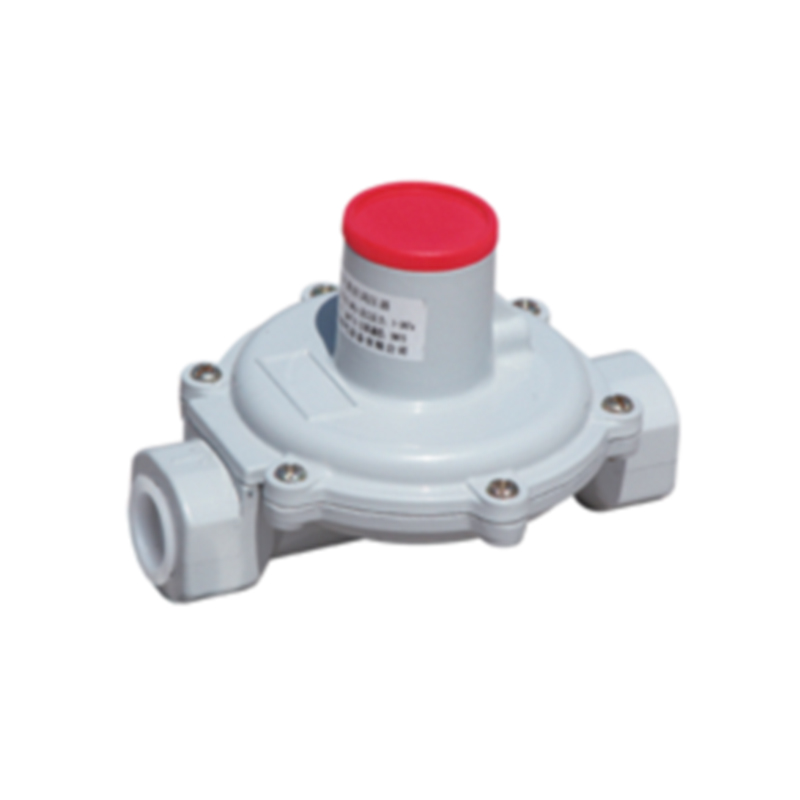
9 月 . 08, 2024 15:29
Back to list
safety relief valve
Understanding Safety Relief Valves Importance, Types, and Applications
A safety relief valve (SRV) is a critical component in various industrial systems, designed to protect equipment and personnel from overpressure scenarios. These valves play a vital role in maintaining the integrity of pressure vessels, pipelines, and other pressurized systems by allowing excess pressure to escape, thereby preventing catastrophic failures. This article will explore the importance, types, and applications of safety relief valves.
Importance of Safety Relief Valves
Safety relief valves are essential for ensuring the safety of both machinery and workers in environments where substances are stored or transported under pressure. When pressure levels exceed a predetermined limit, the valve opens, releasing gas or liquid, thus reducing the pressure within the system. This action minimizes the risk of system rupture, explosions, or other hazardous incidents that could lead to significant injury or loss of life. Moreover, regular maintenance and testing of these valves are crucial, as a malfunctioning valve can compromise the safety of an entire operation.
Types of Safety Relief Valves
There are primarily two types of safety relief valves spring-loaded valves and pilot-operated valves.
1. Spring-Loaded Valves The most common type, spring-loaded valves, utilize a spring mechanism to hold the valve closed until the internal pressure exceeds the spring force. When the set pressure is reached, the valve opens, allowing the medium to escape. These valves are often used in smaller applications due to their straightforward design and reliability.
safety relief valve

2. Pilot-Operated Valves These valves are designed for higher pressure applications. They use a small pilot valve to control the opening and closing of a larger main valve. This design allows for better performance under varying pressure conditions and provides enhanced flow capacity. Pilot-operated valves are typically used in chemical processing, oil and gas industries, and other high-stakes environments.
Applications of Safety Relief Valves
Safety relief valves are widely used across various industries, including petrochemical, pharmaceutical, food processing, and waste management. In the petrochemical industry, for example, SRVs are vital for ensuring the safety of refineries and processing plants where volatile substances are handled. In the pharmaceutical sector, these valves ensure that production processes remain within safe pressure limits, maintaining the quality of products and the safety of the workforce.
In food processing, SRVs are essential during pasteurization and sterilization processes, where maintaining precise pressure levels is crucial for product quality. Additionally, in waste management facilities, these valves prevent hazardous situations resulting from gas buildup in waste treatment systems.
Conclusion
In summary, safety relief valves are indispensable components in the safety management of pressurized systems across various industries. By understanding the importance of these devices, the types available, and their applications, industries can implement effective safety measures to protect assets and human lives. Regular inspection and maintenance of safety relief valves are essential to ensure their proper functioning, ultimately contributing to operational safety and efficiency. Investing in quality safety relief valves and adhering to regulations not only enhances safety but also promotes a culture of responsibility within organizations.
Latest news
-
Unlocking The Quality Gas Pressure ReducersNewsNov.01,2024
-
The Role of Gas Pressure Reducing StationsNewsNov.01,2024
-
The Importance and Functionality of Safety Relief ValvesNewsNov.01,2024
-
The Essential Role of Safety Valves in Natural Gas ApplicationsNewsNov.01,2024
-
The Essential Role of Gas Pressure RegulatorsNewsNov.01,2024
-
Enhance Your Premium Gas FiltersNewsNov.01,2024

